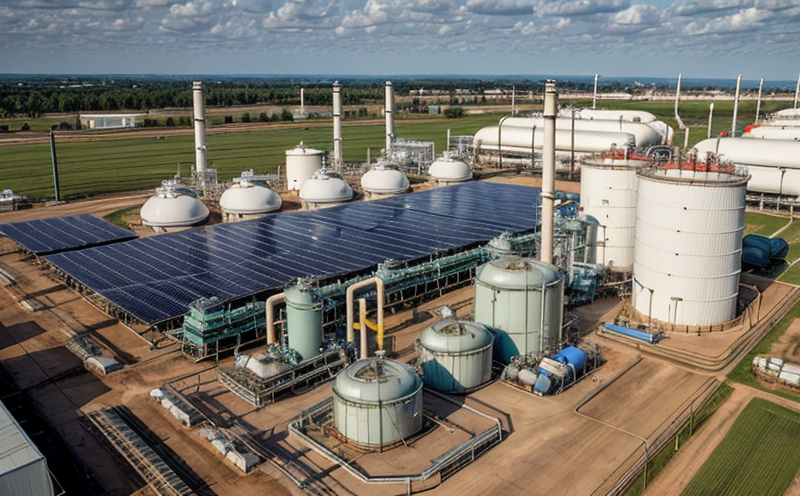
-
Chemical Safety and Certification-
Chemical Safety in Energy Production-
Chemical Handling in Energy Generation Facilities
We provide comprehensive solutions designed to help our clients mitigate risks, enhance performance, and excel in key areas such as quality, health & safety, environmental sustainability, and social responsibility.
Discover
For many years, our organization has been operating successfully, boasting modern laboratories that meet international standards. These laboratories are equipped with the latest technology devices and equipment, and we have built a strong team of experienced and trained personnel to operate them.
DiscoverWelcome to Eurolab, your partner in pioneering solutions that encompass every facet of life. We are committed to delivering comprehensive Assurance, Testing, Inspection, and Certification services, empowering our global clientele with the ultimate confidence in their products and processes.
Discover
-
Chemical Safety and Certification-
Chemical Safety in Energy Production-
Chemical Handling in Energy Generation FacilitiesEnergy generation facilities, from fossil fuel plants to renewable energy installations, rely on various chemicals for operation, maintenance, and emissions control. Proper chemical handling is essential to ensure worker safety, maintain efficient processes, and comply with regulatory standards. Mishandling of chemicals can lead to accidents, health risks, environmental damage, and costly downtime.
This comprehensive guide explores the key considerations, best practices, and technologies for safe chemical handling in energy generation facilities.
1. Worker Safety
Many chemicals used in energy facilities are hazardous, with risks including toxicity, flammability, and reactivity. Proper handling minimizes exposure and prevents injuries or long-term health effects.
2. Operational Efficiency
Efficient chemical handling ensures optimal plant performance by preventing spills, leaks, and contamination that can disrupt energy production.
3. Regulatory Compliance
Strict regulations govern chemical storage, usage, and disposal. Adhering to these standards avoids legal penalties and enhances environmental responsibility.
4. Environmental Protection
Chemicals such as sulfuric acid, ammonia, and solvents can cause significant environmental damage if spilled or released. Safe handling practices reduce the risk of contamination.
1. Storage and Labeling
2. Worker Training
3. Use of Personal Protective Equipment (PPE)
4. Safe Transport
5. Spill and Leak Management
6. Monitoring and Detection
7. Automation and Remote Handling
8. Regulatory Compliance
1. What are the most common hazards in chemical handling?
The main hazards include exposure to toxic fumes, chemical burns, fire, explosions, and environmental contamination from spills or leaks.
2. How can facilities prevent chemical spills?
Facilities can prevent spills by using proper containment systems, inspecting storage areas regularly, training workers, and employing spill response plans.
3. What PPE is required for chemical handling?
PPE requirements depend on the chemical but generally include gloves, goggles, respirators, aprons, and chemical-resistant boots.
4. How often should chemical safety training be conducted?
Initial training should be provided upon hiring, followed by regular refresher courses, at least annually or when new chemicals are introduced.
5. What should workers do in the event of a chemical spill?
Workers should follow the facility's spill response plan, which typically involves evacuating the area, containing the spill, using appropriate PPE, and reporting the incident.
Safe chemical handling is a cornerstone of operations in energy generation facilities. By implementing stringent safety protocols, leveraging advanced technologies, and fostering a culture of safety, companies can minimize risks to workers and the environment. Investing in these measures not only enhances operational efficiency but also ensures compliance with regulatory standards, paving the way for sustainable and responsible energy production.
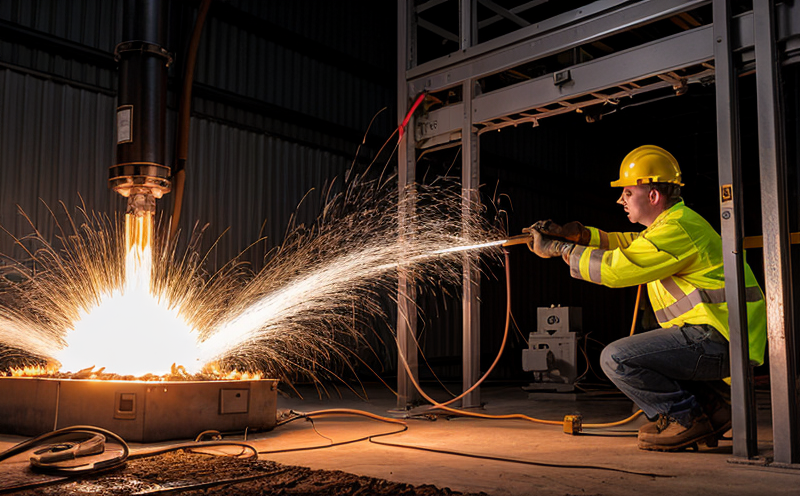
Electromechanical Safety Certification
Electromechanical Safety Certification: Ensuring Compliance and Protecting Lives In todays intercon...

Hospitality and Tourism Certification
Hospitality and Tourism Certification: Unlocking Opportunities in the Industry The hospitality and ...

Pharmaceutical Compliance
Pharmaceutical compliance refers to the adherence of pharmaceutical companies and organizations to l...

Lighting and Optical Device Testing
Lighting and Optical Device Testing: Ensuring Performance and Safety Lighting and optical devices a...

Aviation and Aerospace Testing
Aviation and Aerospace Testing: Ensuring Safety and Efficiency The aviation and aerospace industr...

Military Equipment Standards
Military Equipment Standards: Ensuring Effectiveness and Safety The use of military equipment is a ...
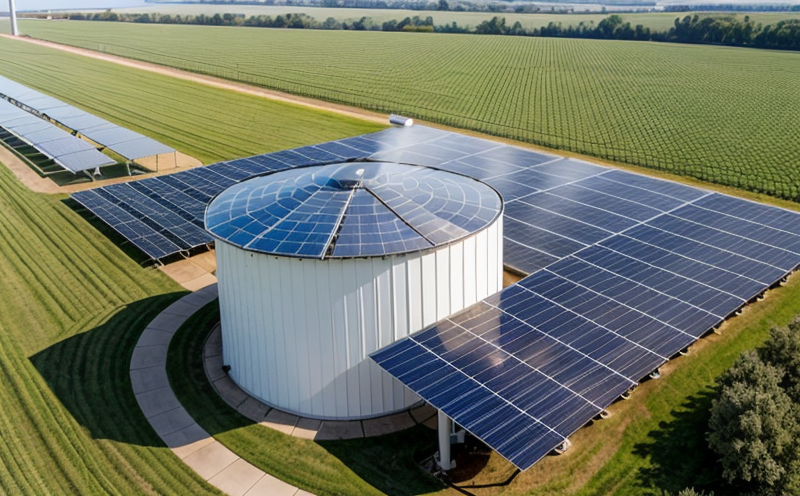
Renewable Energy Testing and Standards
Renewable Energy Testing and Standards: Ensuring a Sustainable Future The world is rapidly transiti...

Product and Retail Standards
Product and Retail Standards: Ensuring Quality and Safety for Consumers In todays competitive marke...

Agricultural Equipment Certification
Agricultural equipment certification is a process that ensures agricultural machinery meets specific...
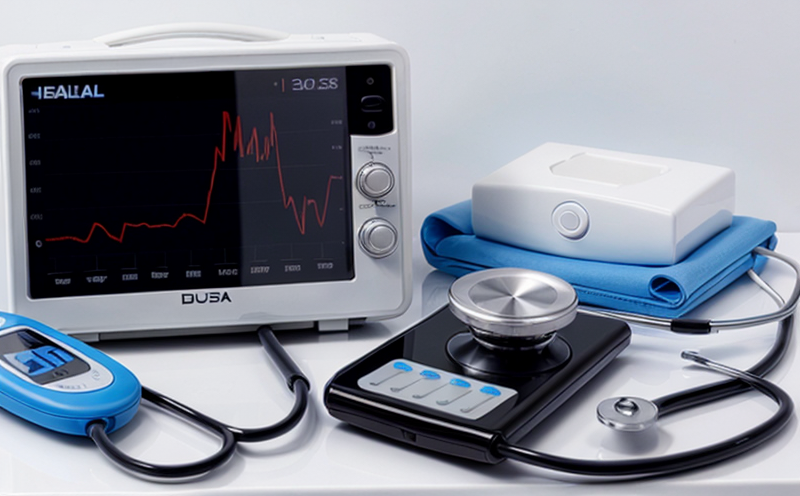
Healthcare and Medical Devices
The Evolution of Healthcare and Medical Devices: Trends, Innovations, and Challenges The healthcare...

Energy and Sustainability Standards
In today’s rapidly evolving world, businesses face increasing pressure to meet global energy a...
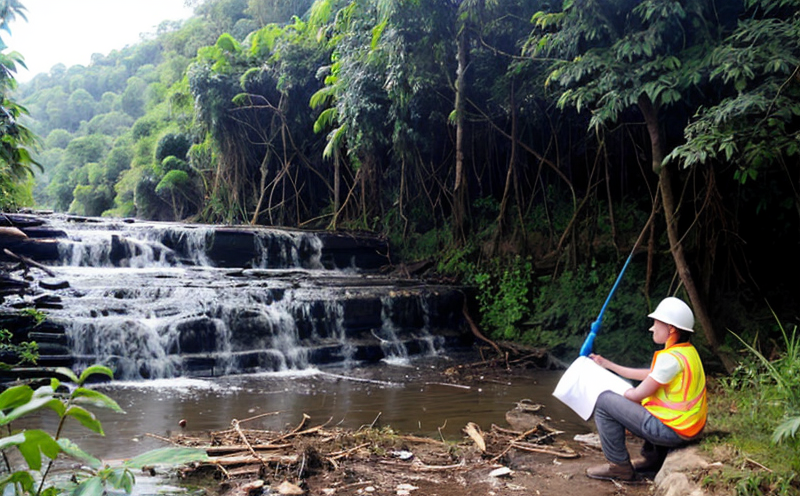
Environmental Impact Assessment
Environmental Impact Assessment: A Comprehensive Guide Environmental Impact Assessment (EIA) is a c...
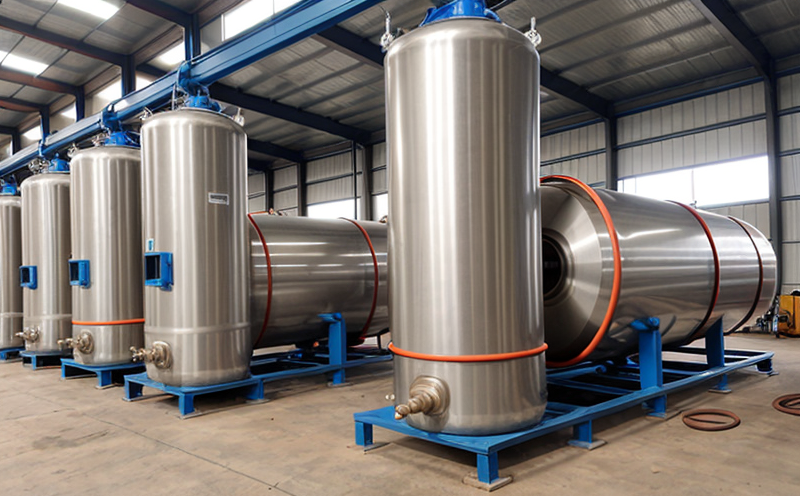
Pressure Vessels and Installations Testing
Pressure Vessels and Installations Testing Pressure vessels are a critical component of various ind...

Cosmetic Product Testing
The Complex World of Cosmetic Product Testing The cosmetics industry is a multi-billion-dollar ma...
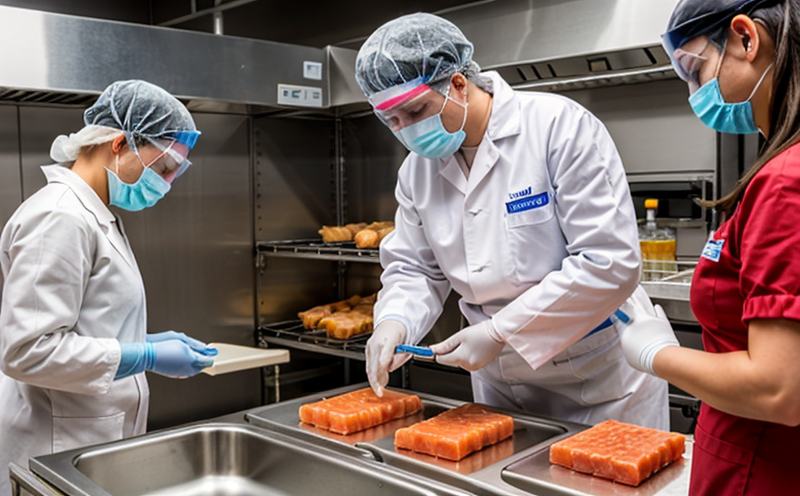
Food Safety and Testing
Food Safety and Testing: Ensuring the Quality of Our Food As consumers, we expect our food to be sa...

MDR Testing and Compliance
MDR Testing and Compliance: A Comprehensive Guide The Medical Device Regulation (MDR) is a comprehe...
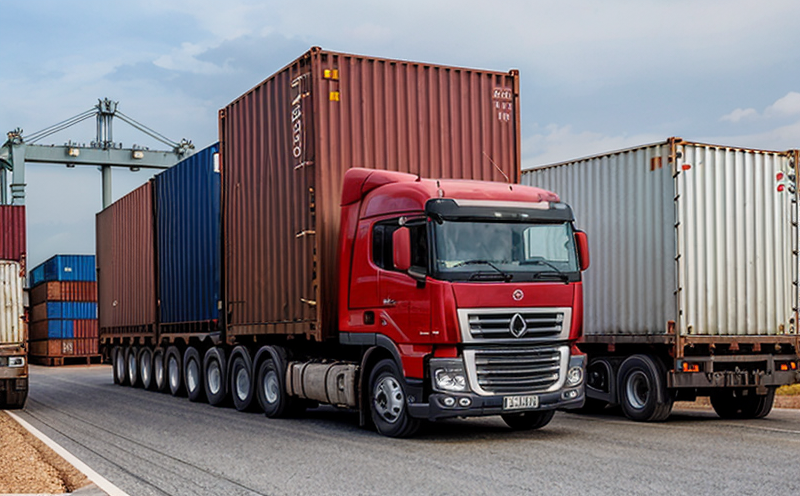
Transportation and Logistics Certification
Transportation and Logistics Certification: A Comprehensive Guide The transportation and logistics ...

Automotive Compliance and Certification
Automotive Compliance and Certification: Ensuring Safety and Efficiency The automotive industry is ...
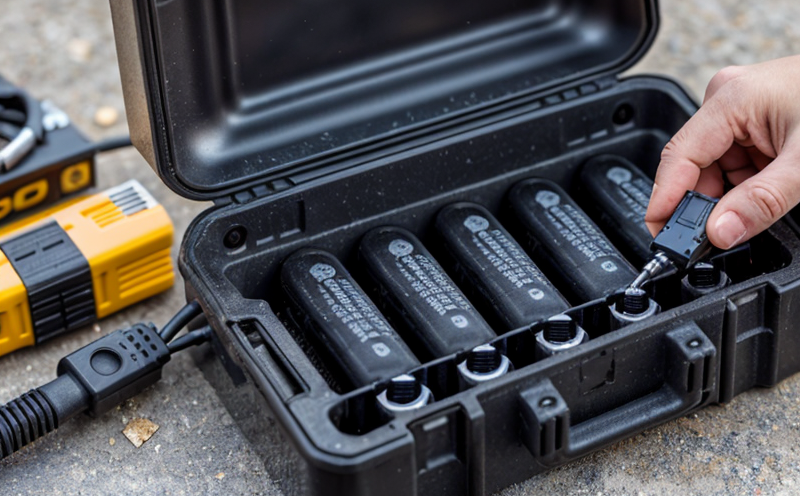
Battery Testing and Safety
Battery Testing and Safety: A Comprehensive Guide As technology continues to advance, battery-power...
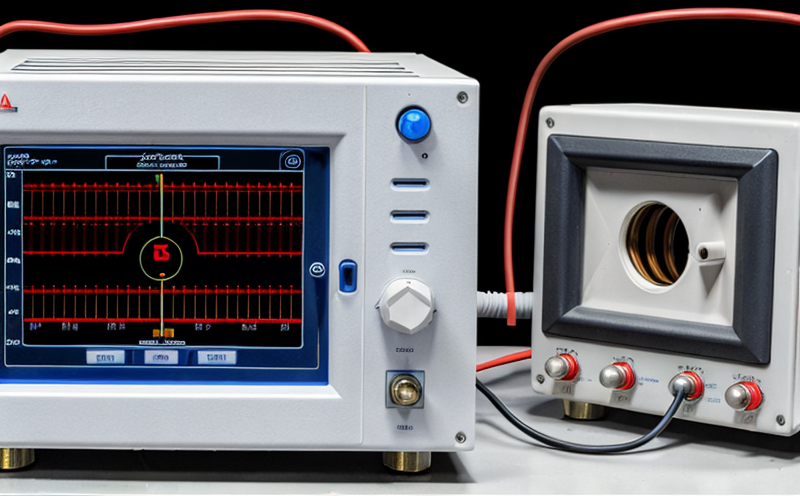
Electrical and Electromagnetic Testing
Electrical and Electromagnetic Testing: A Comprehensive Guide Introduction Electrical and electrom...
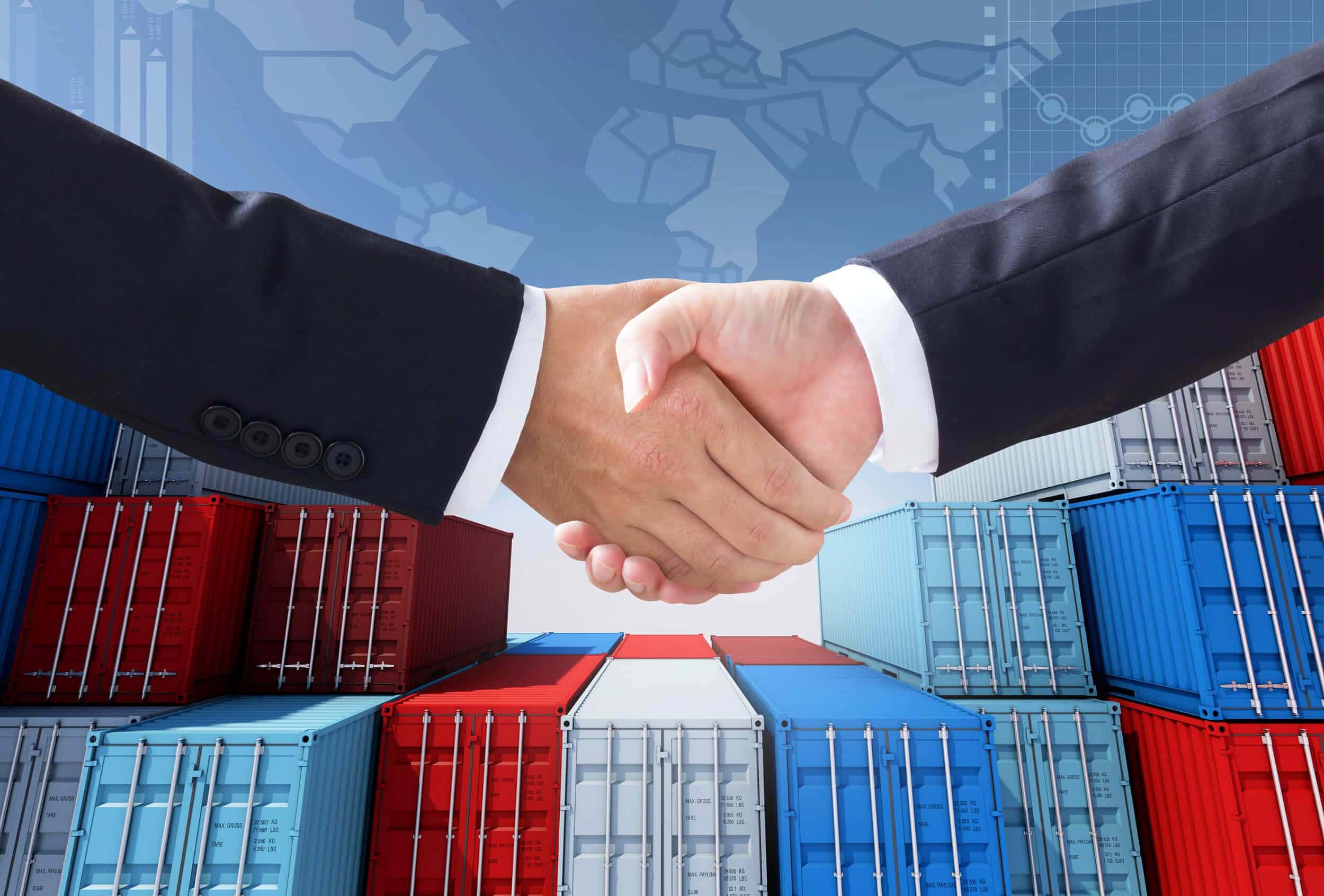
Trade and Government Regulations
Trade and government regulations play a vital role in shaping the global economy. These regulations ...

Fire Safety and Prevention Standards
Fire Safety and Prevention Standards: Protecting Lives and Property Fire safety and prevention stan...

Environmental Simulation Testing
Environmental Simulation Testing: A Comprehensive Guide In todays world, where technology is rapidl...
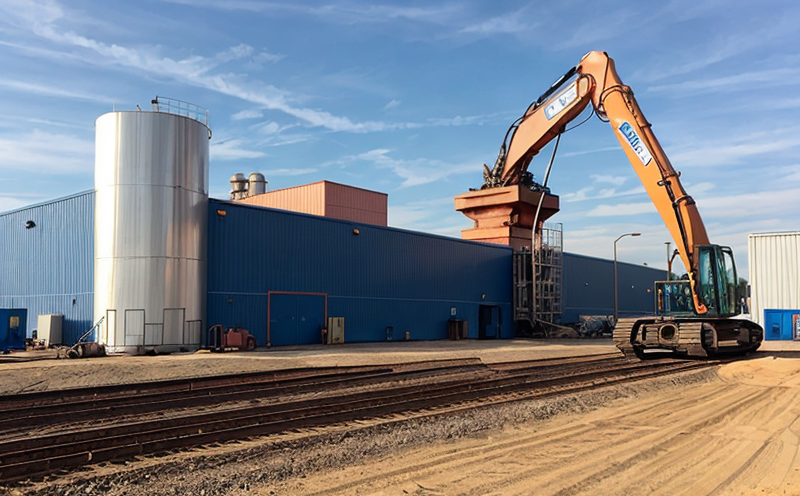
Industrial Equipment Certification
Industrial equipment certification is a critical process that ensures industrial equipment meets spe...

Railway Industry Compliance
Railway Industry Compliance: Ensuring Safety and Efficiency The railway industry is a critical comp...

Consumer Product Safety
Consumer Product Safety: Protecting Consumers from Harmful Products As a consumer, you have the rig...
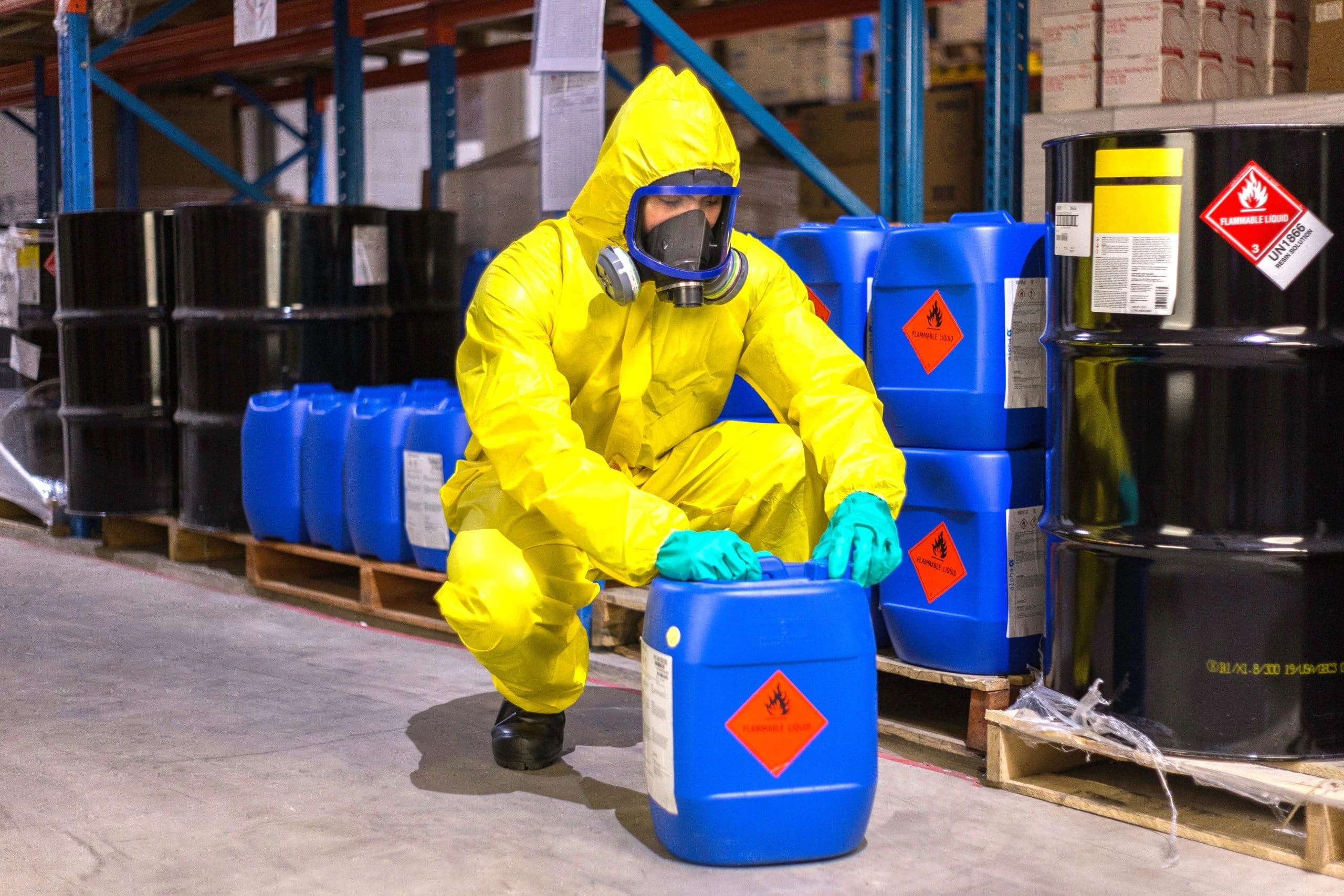
Chemical Safety and Certification
Chemical safety and certification are critical in ensuring the safe management of products and proce...
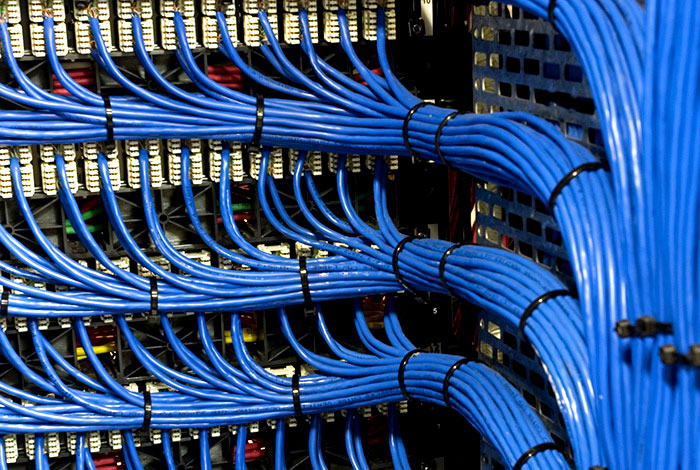
NEBS and Telecommunication Standards
Network Equipment Building System (NEBS) and Telecommunication Standards The Network Equipment Bu...

Construction and Engineering Compliance
Construction and Engineering Compliance: Ensuring Safety, Quality, and Regulatory Adherence In the ...
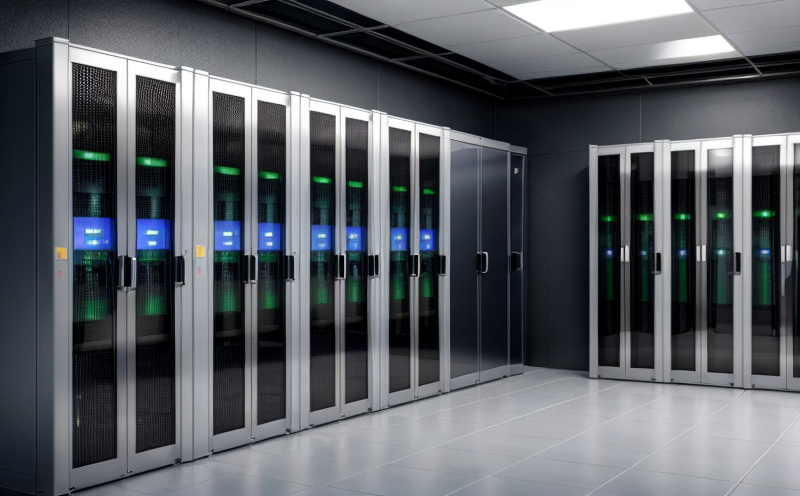
IT and Data Center Certification
IT and Data Center Certification: Understanding the Importance and Benefits The field of Informatio...